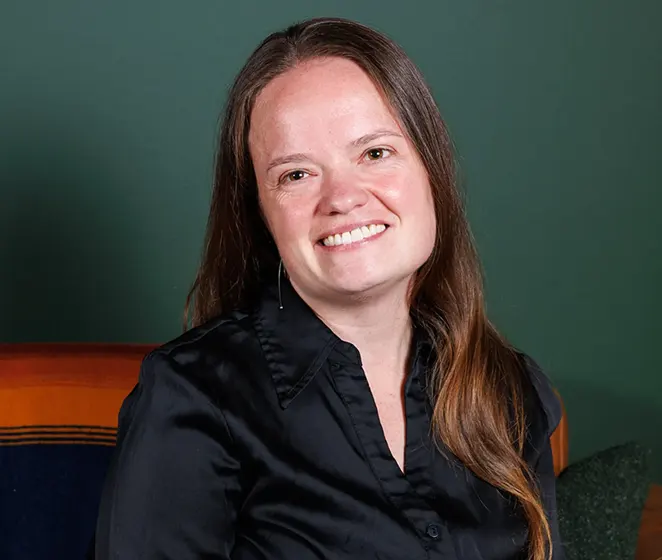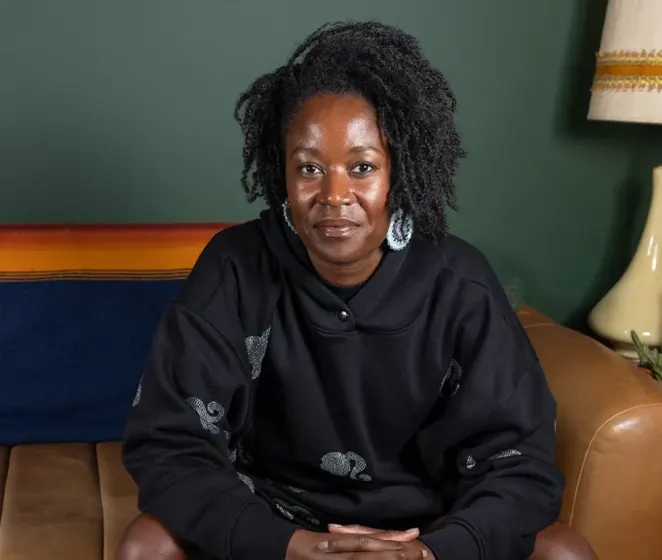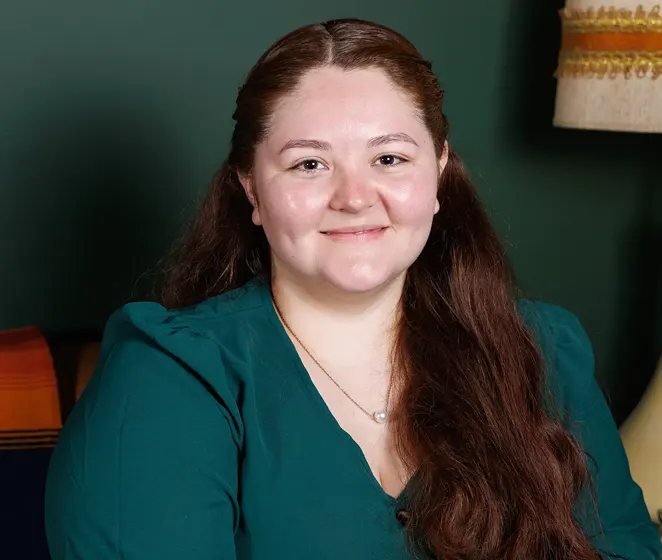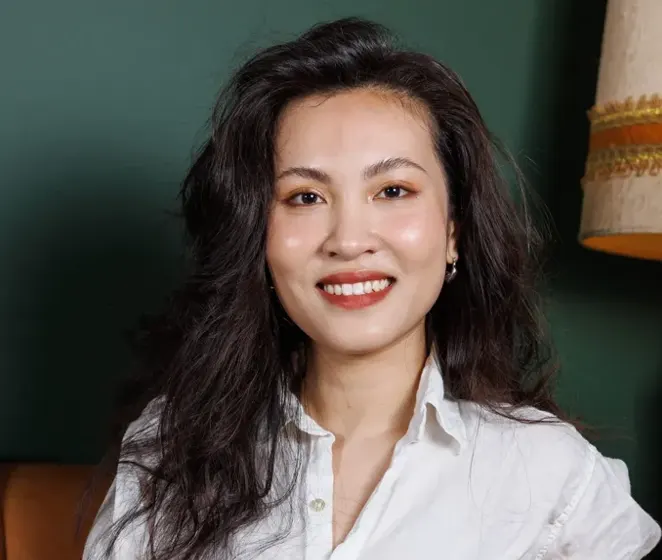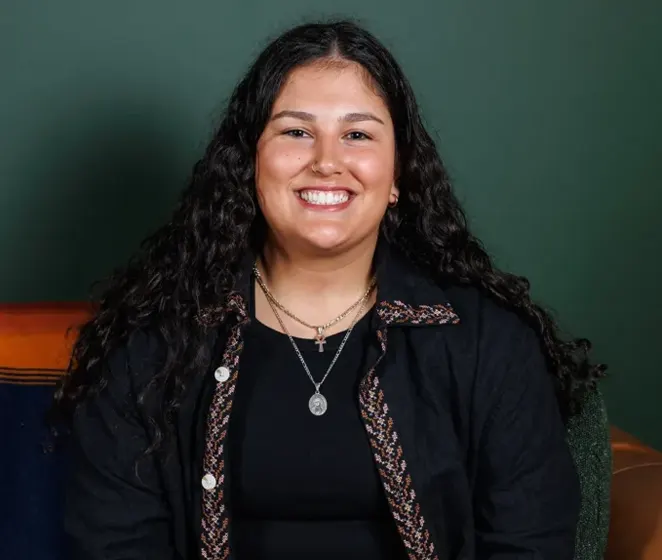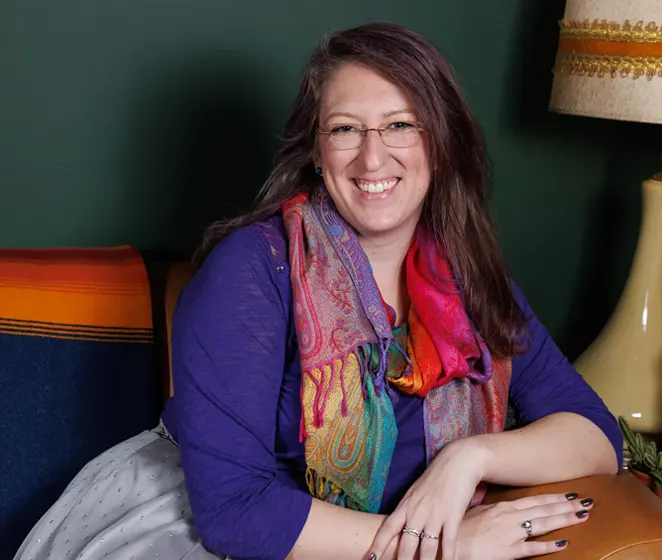Not everyone reacts to closeness with craving. Some people pull back.
They need space when things get emotionally intense. They shut down during conflict, go quiet when they feel vulnerable, or feel uneasy when someone gets too close too fast.
If that sounds familiar, you might be living with an avoidant attachment style. And while it’s often misunderstood as indifference, it’s actually a deeply protective strategy. We learn how to attach to others through our first experiences of socialization with family. Avoidant attachment is built from experience, shaped by necessity, and often carries more pain than most people realize.
What Is Avoidant Attachment?
Avoidant attachment often begins in environments where emotional needs were minimized, dismissed, or met with discomfort. You may have learned early that needing too much caused distance, that expressing emotion led to rejection, or that the safest thing to do was to handle things on your own. For example, if you were often told to “go to your room until you calm down,” this could lead you to believe that your emotional needs aren’t safe, and expressing them will lead to isolation.
In these systems, independence becomes a survival strategy. You learn to self-soothe, to perform stability, and to protect your inner world by keeping others at a distance.
In adult relationships, this attachment style can show up as:
- Feeling overwhelmed or claustrophobic when someone wants more closeness
- Struggling to name or access your own emotional needs
- Getting irritated by emotional intensity in others
- Pulling away, going silent, or shutting down during conflict
- Feeling safest when you’re in control or when no one else is too close
To others, this might look like detachment, but to the person living it, it feels like relief, safety, and the comfort of distance, even if closeness is what you ultimately crave.
Why It’s Not About Not Caring
People with avoidant attachment care, often deeply. However, caring doesn’t always feel safe. Vulnerability can be disorienting. Letting someone see your fear, your longing, or your pain may bring up an old ache: the belief that if someone really knew you, they’d leave. Or worse, they’d use it against you.
Avoidant attachment doesn’t mean you don’t want connection. It means the connection is wrapped in risk that often doesn’t feel worth it.
So you protect yourself by keeping a certain emotional distance. You might stay in control by being the calm one, the stable one, the one who doesn’t “need” much. And when someone wants more—more closeness, more emotion, more truth, you may not have the internal permission or capacity to offer it. Not because you don’t want to, but because it was never safe to learn how, and how can we be expected to know what was never modeled for us?
The Internal Experience
What’s happening inside often doesn’t match what others see. While the outside might look cool, composed, or even aloof, the internal experience may include:
- A tightness in the chest when conversations go too deep
- The desire to leave or distract when someone gets emotionally close
- Guilt or shame after pulling away, followed by a retreat into silence
- A quiet ache for connection that feels unreachable
You may move through relationships with a deep sense of self-reliance, and yet still feel an unnamed loneliness. A sense that you’re watching life from just outside the window.
Avoidant attachment is about not knowing how to feel safe with emotion, especially when it’s shared.
What It Looks Like in Therapy
For people with avoidant attachment, therapy can feel like unfamiliar territory. Talking about your inner world might feel unnatural or even pointless at first. You might feel exposed or uncomfortable with too much therapist attunement. You might downplay your needs or intellectualize your pain.
You might even feel an urge to quit, not because it isn’t helping, but because you feel seen in a way that you’re unfamiliar with.
A skilled therapist won’t push. They’ll meet your pace, respect your boundaries, and offer the kind of steady presence that allows your nervous system to slowly unlearn the idea that closeness is unsafe.
Over time, therapy can become a space where connection doesn’t come with strings, pressure, or performance. Instead, therapy offers quiet, consistent care.
What Healing Can Look Like

Healing avoidant attachment doesn’t mean becoming someone you’re not. We’re allowing space and creating safety for parts of you that had to go quiet.
That might look like:
- Naming emotions, even when they feel unfamiliar or imprecise
- Staying present during moments of closeness, rather than checking out
- Letting people see your mess, not just your competence
- Noticing when silence is a reflex rather than a true need
- Allowing safe people to show up for you, without assuming the worst
As you build more experiences of relational safety, you may begin to feel less rigid in your self-protection. You learn that needing isn’t weak. That letting someone in doesn’t erase your independence. That intimacy can feel mutual instead of suffocating.
A Reframe: Space Doesn’t Have to Mean Distance
Avoidant attachment was, at one point, a wise adaptation for you. It’s what you learned to do when your needs weren’t met, or when closeness came with cost. In many ways, it saved you.
You learned to count on yourself because no one else felt dependable. You became emotionally self-contained not because you’re cold, but because you’re resourceful. And you survived that way.
Now, you get to ask a different question:
What would it mean to stay when it gets close?
What if the right people won’t ask you to disappear in order to be loved?
Interested in Exploring This in Therapy?
If parts of this feel familiar—if intimacy makes you tense, if distance feels safer than closeness, or if you’re just tired of holding everything alone—therapy can offer space to explore, without pressure to perform.
You can move at your own pace. You can learn what safety feels like in a relationship. And you don’t have to figure it all out on your own.





